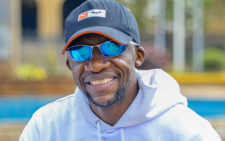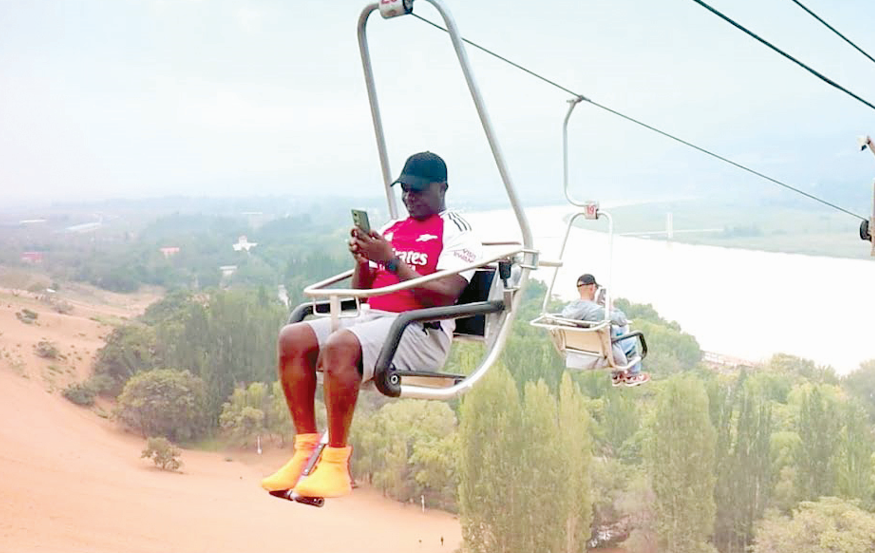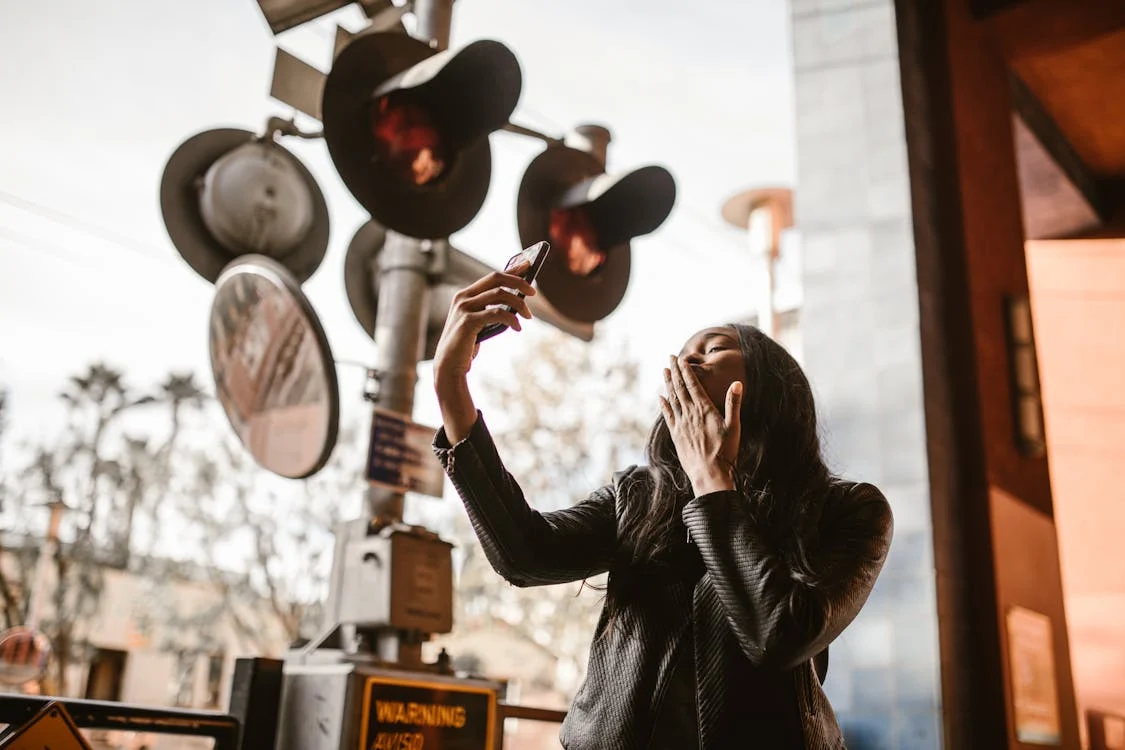Setting sights on better visual health
Lapaire Glasses is on a mission to improve eye care in a country where 7.5 million people are in need of interventions to prevent loss of vision, restore vision or need rehabilitation to improve performance.
Harriet James @harriet86jim
For three months, Peninah Nyawira, a staff member at Superform Mattresses Company, had been having constant headaches and wondered what could be the cause.
She also noticed she had been straining while working and having difficulty seeing objects or words that are far away.
Although she knew she needed to go to the hospital, her tight schedule hindered her.
She is grateful that today the company she works for, in partnership with Lapaire Glasses, organised a free eye testing clinic for the workers.
“They prescribed glasses after they checked and found out that I could see better with them. I feel nice and I appreciate my company as such privileges are not common,” she says.
The free testing comes with a flexible plan where she pays for her glasses by having her salary deducted monthly for it.
World Health Organisation indicates that globally, nearly one billion people have a vision impairment that could have been prevented or has yet to be addressed.
This comprises those with moderate or severe distance vision impairment or blindness as a result of unaddressed refractive error (123.7million), cataract (65.2million), glaucoma (6.9million), corneal opacities (4.2million), diabetic retinopathy (three million), and trachoma (two million), and near vision impairment caused by unaddressed presbyopia (826m).
Sadly the state of eye care in Africa is at an alarming contrast compared to the rest of the world, with 19 per cent of the world’s blindness coming from the continent, with preventable and treatable conditions being the leading cause of blindness.
In Africa, the WHO estimates that over 550 million people need glasses but only one per cent wears them.
Factors that contribute to this include affordability of glasses and checkups, absence of eye-care personnel, absence of time for checkups as well as inadequate facilities.
Preventable conditions
In Kenya, Ministry of Health estimates that 7.5 million people are in need of interventions to prevent loss of vision, restore vision or need rehabilitation to improve performance.
Over 75 per cent of visual impairment in the country results from preventable causes.
Out of the 7.5 million who need eye health services, only 21.3 per cent (1.6 million) are able to access eye health from both public and private facilities.
“Africa faces two main issues when it comes to eye care. One is accessibility, which means that there are no affordable places for people to have their eyes checked and most people don’t have time to have their eyes checked especially with the majority working six days a week.
The other issue is affordability,” observes Allan Matata, the country director of Lapaire, a social enterprise that seeks to address the eye care in Africa.
Matata adds that the cost of glasses is typically between Sh15,000- Sh20,000 for prescription glasses, an amount that is beyond the income of a majority of the population in the country.
It is against this background that Lapaire Glasses was created in 2018 to address this crisis and give everyone with an eye problem a chance to see well without breaking the bank or compromising on their style or quality of glasses.
Vital partnerships
Before the pandemic, the organisation went door to door to have people’s eyes sights checked apart from their regular clinics.
They also formed partnership with hospitals, but because of Covid-19, they had to halt such operations until when it will be safe to do so.
As a result, they have partnered with pharmacies within different neighbourhoods in Lang’ata, on Ngong Road, and in Ongata Rongai to get closer to people.
It has also forced them to minimise the number of people accessing the clinic by encouraging visits by appointment only.
“This sadly has minimised the number of people going to clinics for eye checkups during lunch breaks.
However, with innovations such as screening using technology, which allows them to screen people from a distance without touching patients, we have ensured that checkups still go on,” says Matata.
In addition, the company conducts community outreach and partners with corporates to offer free testing at workplaces.
“Staff members don’t need to think of how they will have to ask for permission to get their eyes checked or the cost of testing because the test is free.
They are able to get checked and know if there is an issue or not. Secondly, we solve poor eye sight by providing affordable glasses by allowing them to pay through salary deductions.
We break up payments into three parts that is more manageable for them to pay,” adds Matata.
Matata explains that with the shift to work from home, companies should be concerned about workers’ eye welfare and provide an avenue for testing as it increases productivity.
“If people are just working on their computer all day, and get a headache every day after working, the activities will be reduced if their eyesight is an issue.
When they are comfortable, the productivity will increase. Secondly, the eyes should be checked for safety purposes,” he says.
Their greatest success has been the number of lives that have been improved through the testing. So far, 30,000 people have been able to have glasses for free, out of which 18,000 have seen an improvement in their eyesight.
Furthermore, they have spread out 11 clinics to all across Africa including Ivory Coast (2019), Uganda (2019), Mali, Burkina Faso and they intend to expand to more countries.
Matata advises people working or studying online to take care of their eye sight.
“For instance, they can get antiglare glasses or blue light blockers as there is usually a strain whenever someone is working on any screen and different light sources.
Working under such conditions brings headaches or eye strains hence people should ensure that the take a 20 second break every 20 minutes to look away as it relaxes the eye muscles,” he says.












